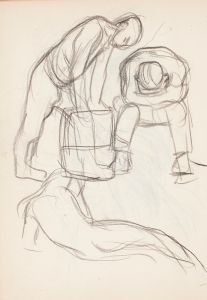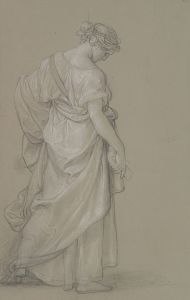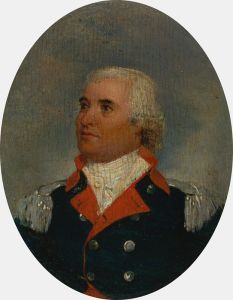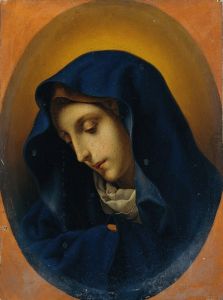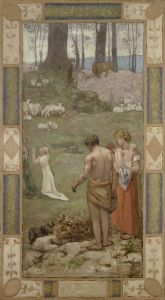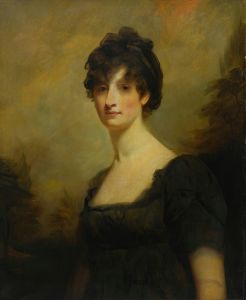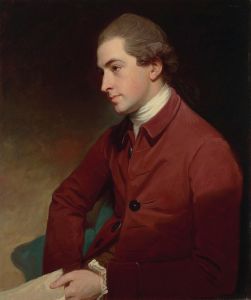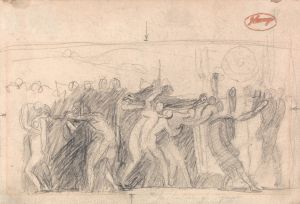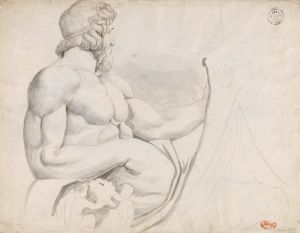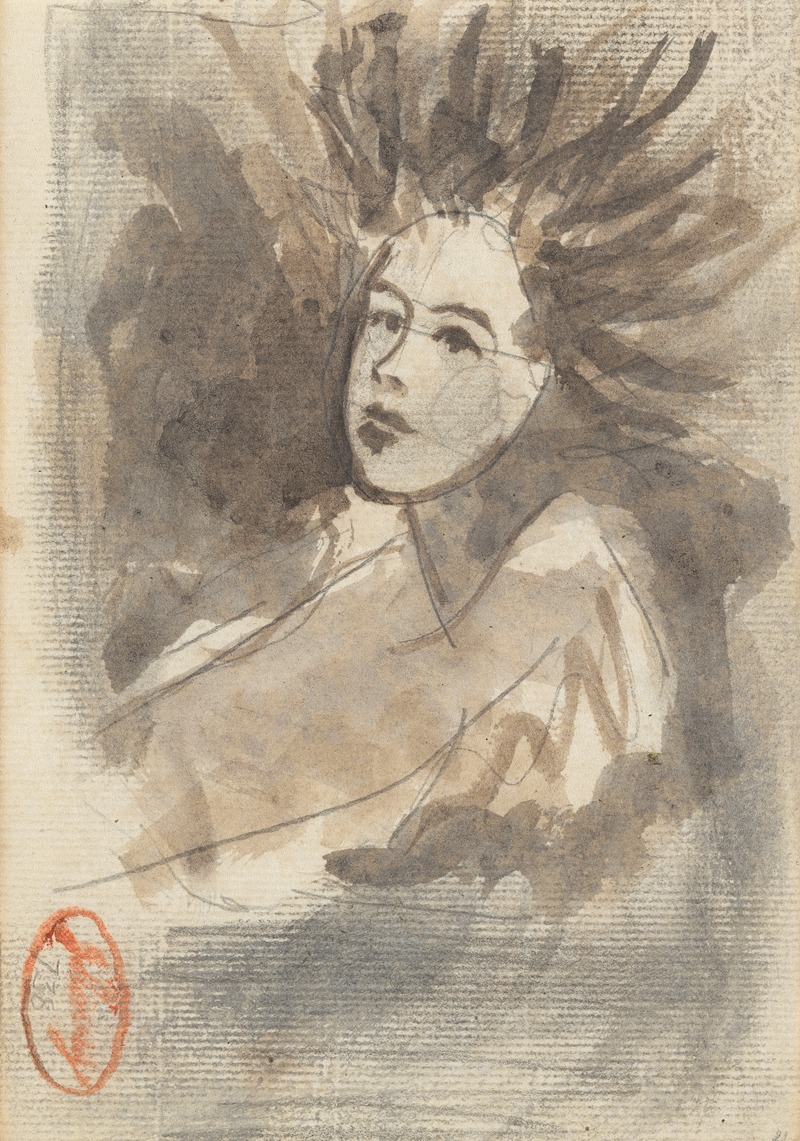
Sketch
A hand-painted replica of George Romney’s masterpiece Sketch, meticulously crafted by professional artists to capture the true essence of the original. Each piece is created with museum-quality canvas and rare mineral pigments, carefully painted by experienced artists with delicate brushstrokes and rich, layered colors to perfectly recreate the texture of the original artwork. Unlike machine-printed reproductions, this hand-painted version brings the painting to life, infused with the artist’s emotions and skill in every stroke. Whether for personal collection or home decoration, it instantly elevates the artistic atmosphere of any space.
George Romney was an eminent English portrait painter in the 18th century, known for his vivid and expressive style. Born on December 26, 1734, in Dalton-in-Furness, Lancashire, Romney became one of the leading portraitists of his time, alongside contemporaries such as Sir Joshua Reynolds and Thomas Gainsborough. His works are celebrated for their elegance and the psychological insight they offer into the subjects he portrayed.
Romney's career began in earnest after he moved to London in 1762, where he quickly gained a reputation for his skill in capturing the likeness and character of his sitters. He was particularly popular among the fashionable society of the time, and his portraits often featured members of the aristocracy and prominent figures in the arts and politics.
The specific work titled "Sketch by George Romney" does not directly correspond to a well-documented or widely recognized piece within the extensive catalog of Romney's works. However, Romney was known for his numerous sketches and studies, which he often used as preparatory works for his larger portraits. These sketches were crucial to his artistic process, allowing him to experiment with composition, pose, and expression before committing to the final painting.
Romney's sketches are characterized by their fluid lines and dynamic forms, capturing the essence of the subject with minimal detail. This approach reflects his interest in the neoclassical ideals of beauty and grace, which were prevalent during his lifetime. His ability to convey emotion and character through these preliminary works is a testament to his skill as an artist.
Throughout his career, Romney produced a vast number of portraits, many of which remain in private collections or are housed in major museums, such as the National Portrait Gallery in London and the Tate Britain. His works continue to be studied and admired for their contribution to the development of portraiture in the 18th century.
Romney's legacy is also marked by his influence on other artists of his time and the generations that followed. His innovative approach to portraiture, particularly his use of light and shadow to create depth and drama, set a standard for future artists to emulate.
In conclusion, while there is no specific information available about a work titled "Sketch by George Romney," his body of sketches and preparatory studies plays a significant role in understanding his artistic process and the evolution of his style. These works offer valuable insights into the methods of one of the 18th century's most prominent portrait painters, whose influence continues to be felt in the world of art today.





